What we do
Services
Experts in

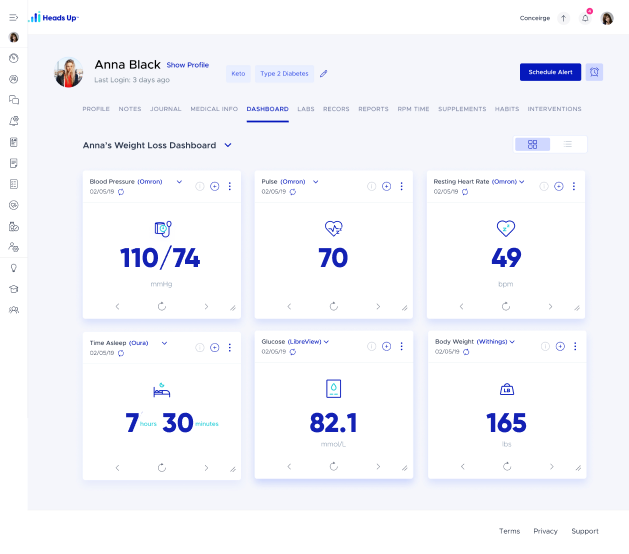

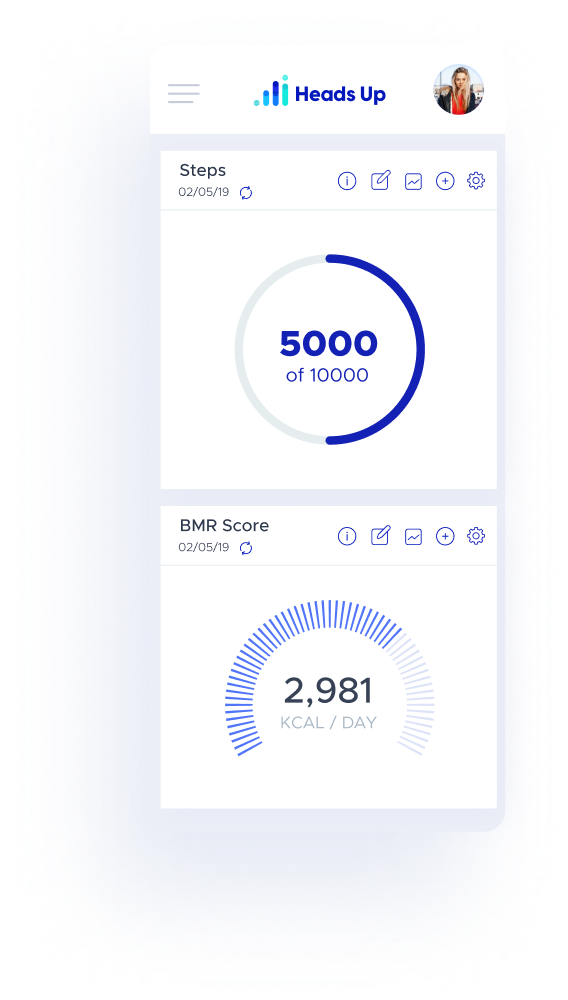

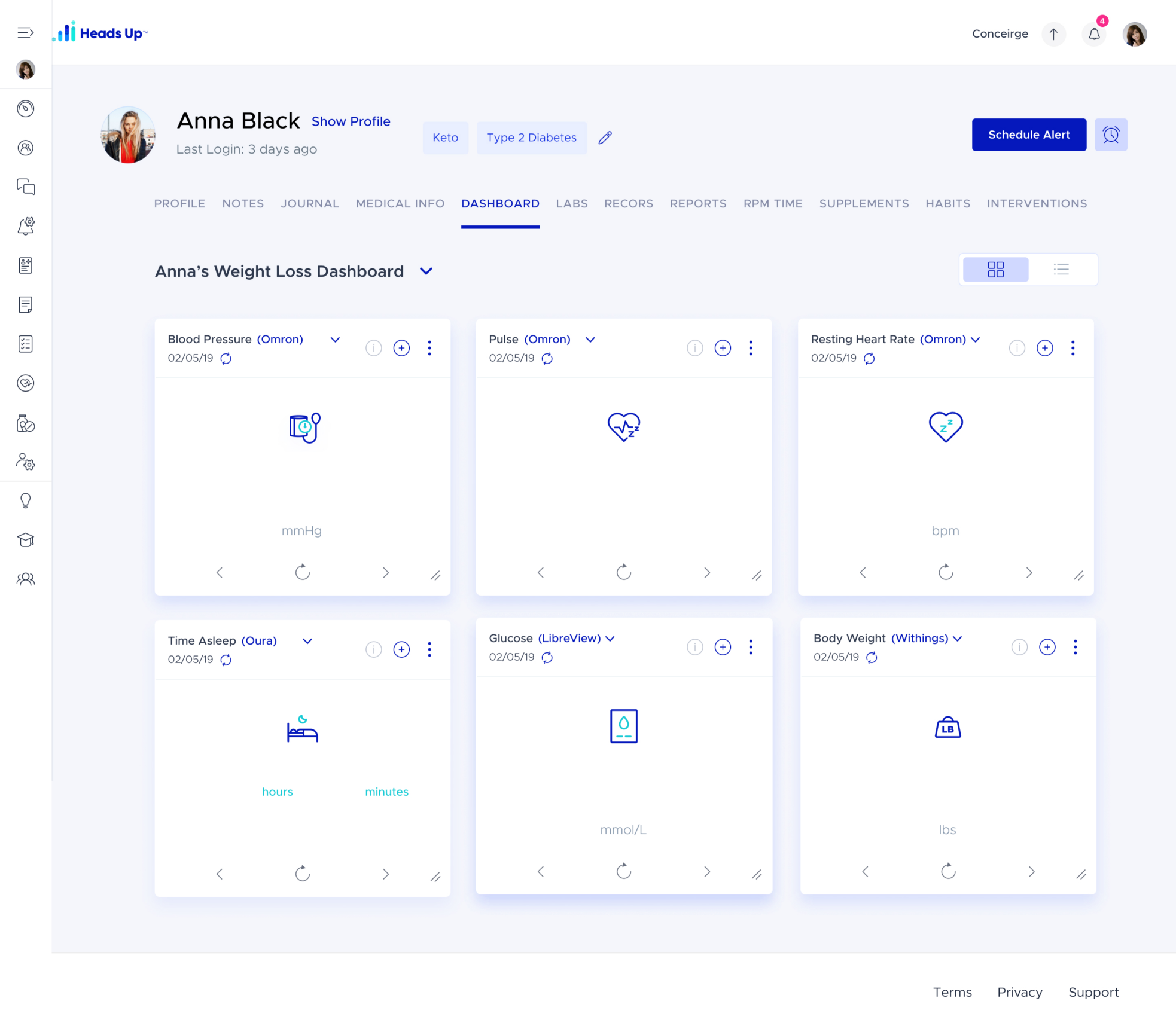
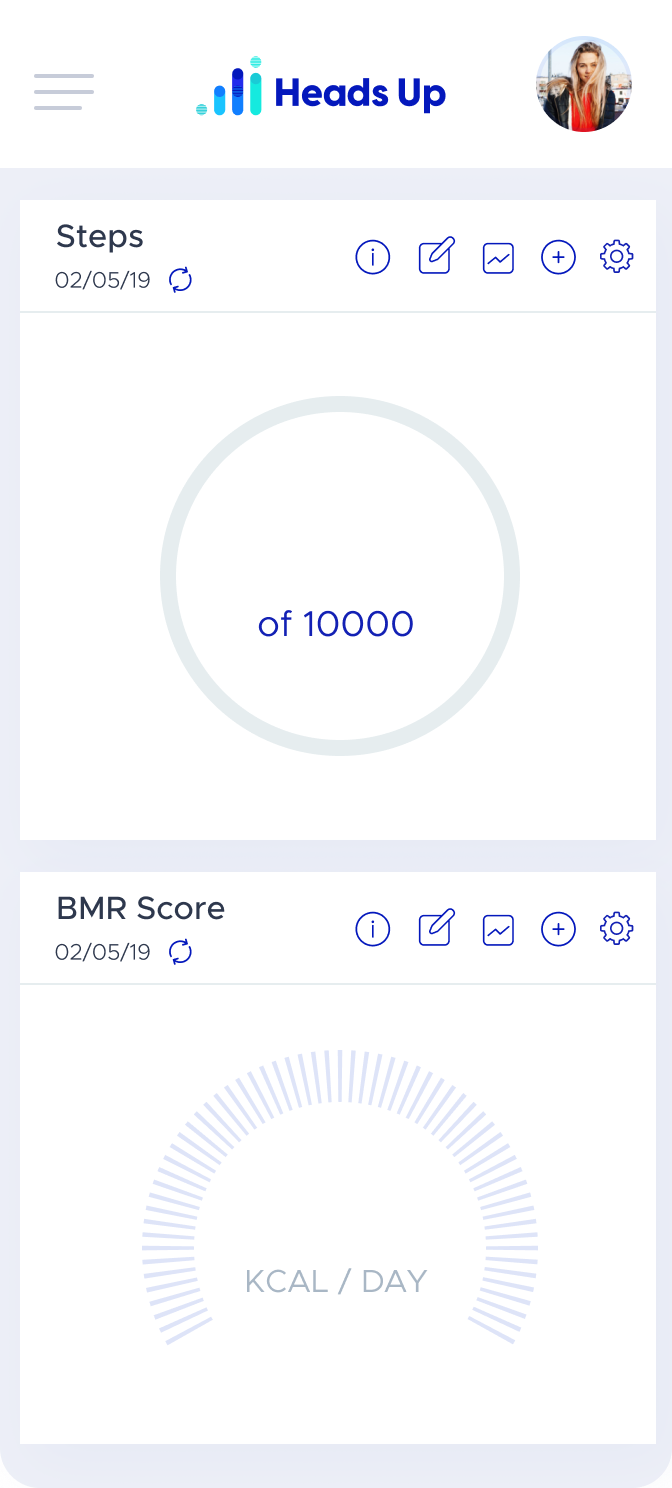



Heads Up is a digital health platform that brings patients’ fragmented health data into one place. Healthcare professionals can use it to monitor and manage clinical, lifestyle, and nutritional data in a centralized dashboard. Patients can use it to get a clear view of their health by tracking lab results, data from wearable devices, and other health metrics.



Heads Up includes an admin panel and two interconnected applications: 1) portal for patients to track and interact with health data; 2) portal for healthcare practitioners to analyze data across all their patients.
When we joined the project, the healthcare provider portal was still in early stages of development. Our client needed to speed up development to add new functionality, improve the user experience, and deliver more value to their customers.











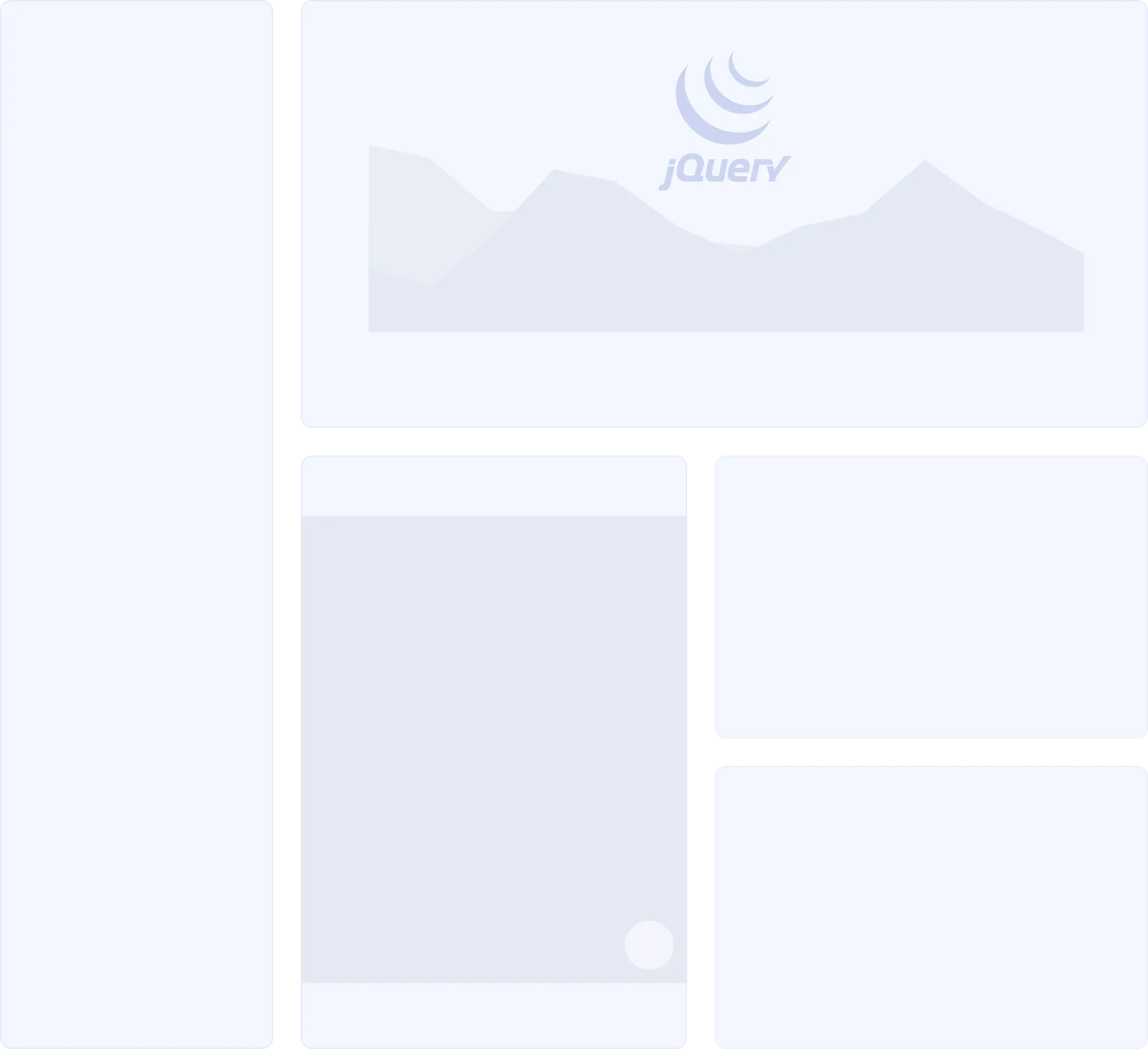
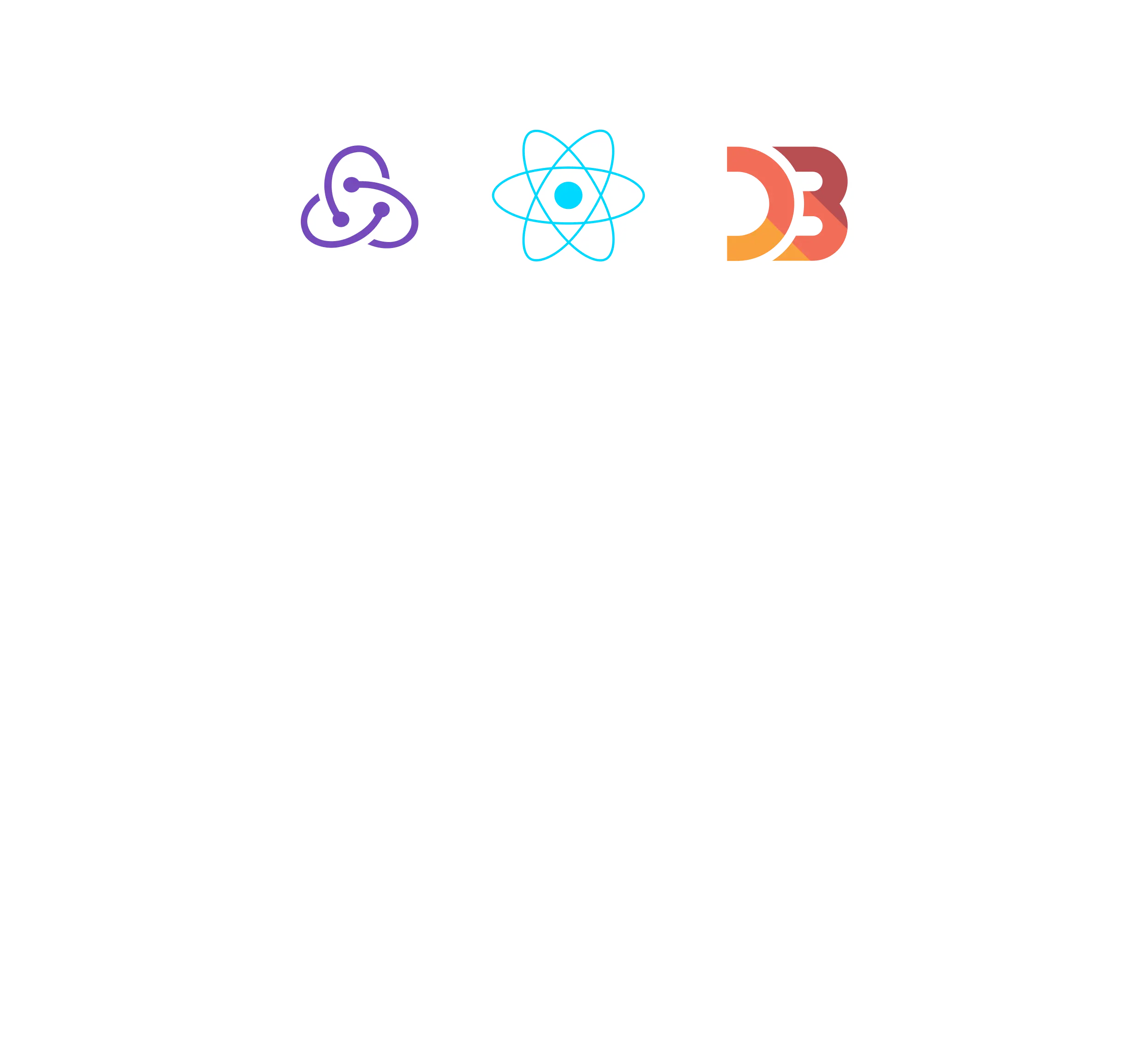
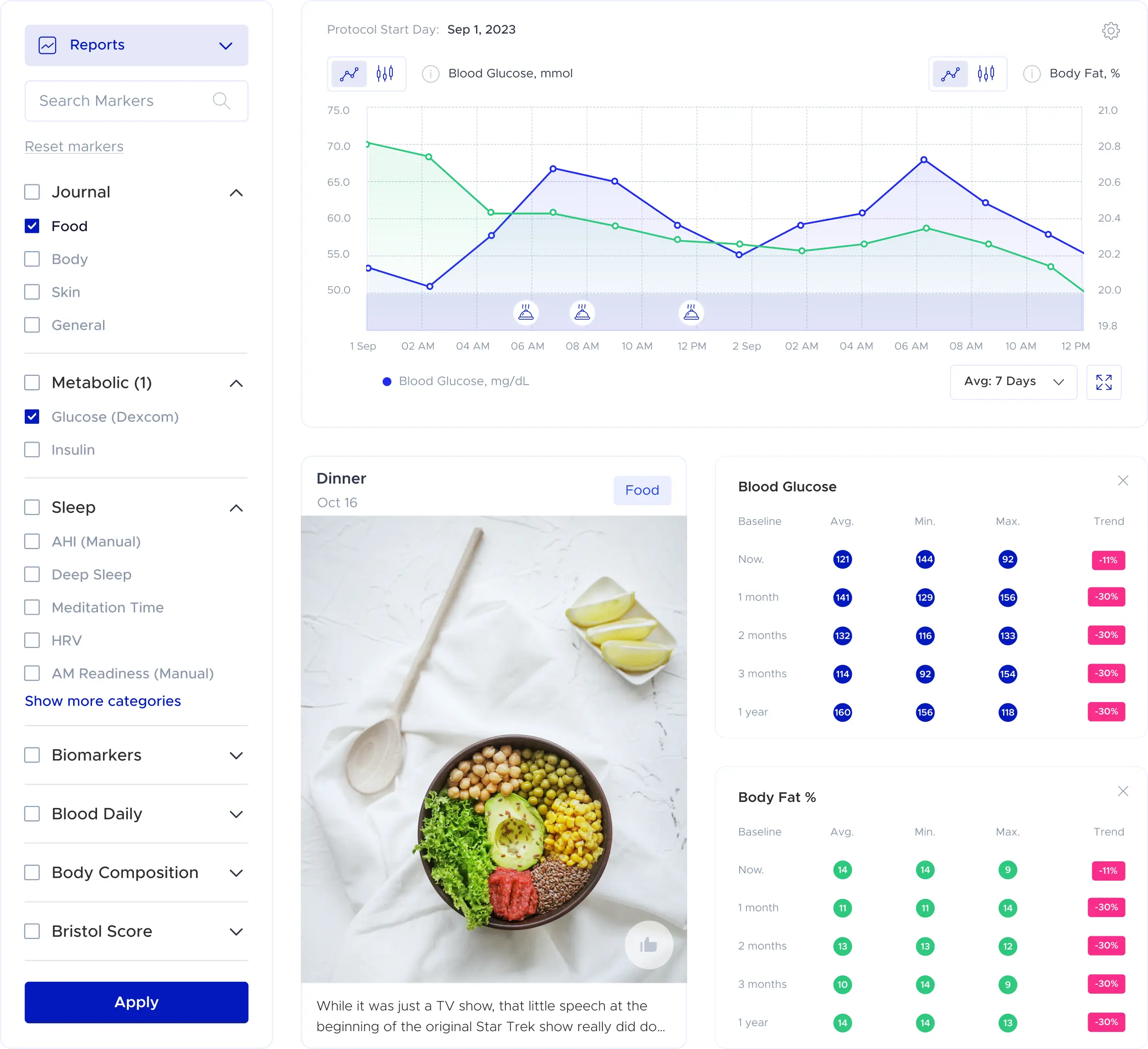
When we joined the project, the app for healthcare professionals included only a patient list and contact details. After securing new investments, Heads Up was ready to speed up development and expand functionality.
Using design mockups from the Heads Up team, we built a user management system where practitioners can manage patient lists, invite new patients, create accounts, and organize their teams.
Next, we improved the client table, making it easier to track and edit a wide range of health metrics, visualize trends in dynamic charts, and navigate large datasets without slowdowns. Even with extensive patient data, load times remain fast, ensuring a smooth user experience.
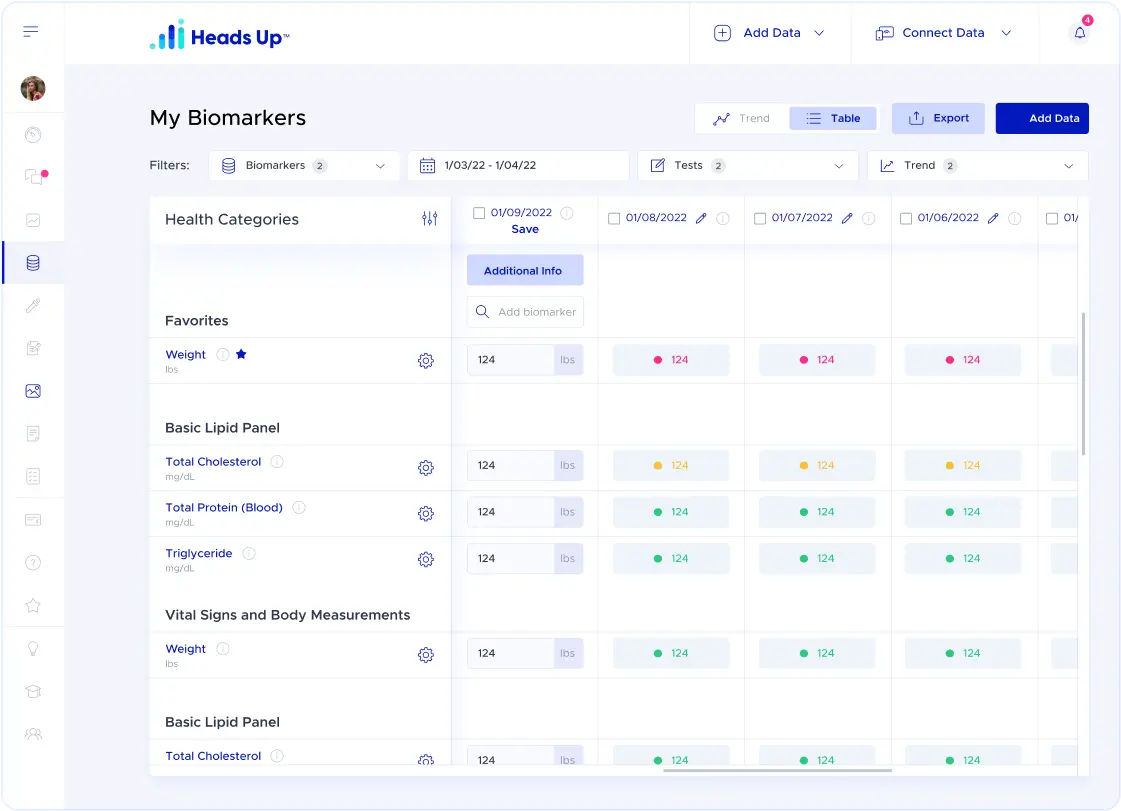


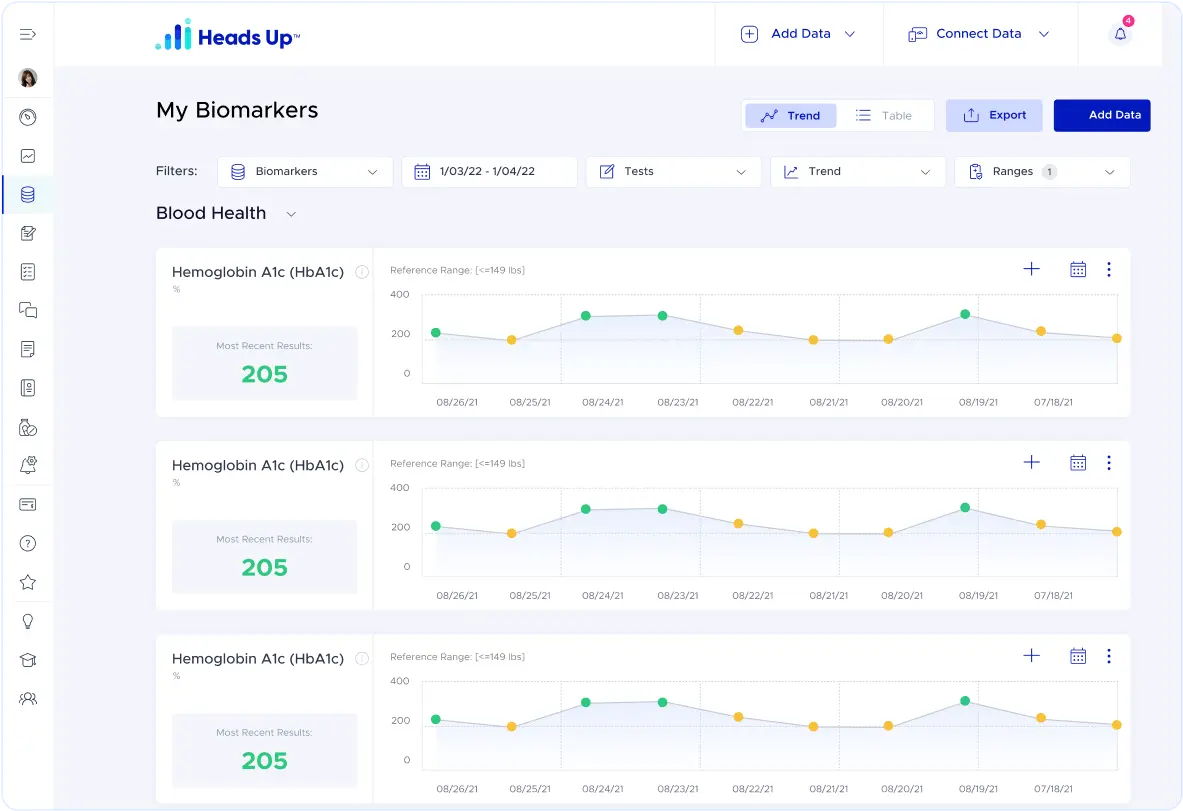
The early MVP of the mobile app had its limits. The client wanted to future-proof the app with a stronger, more flexible tech stack that would enhance the user experience.
Using the designs our client provided, we migrated the app from React Native to Swift (iOS) and Kotlin (Android). This switch gave the app a smoother user experience and a tech stack built to scale.
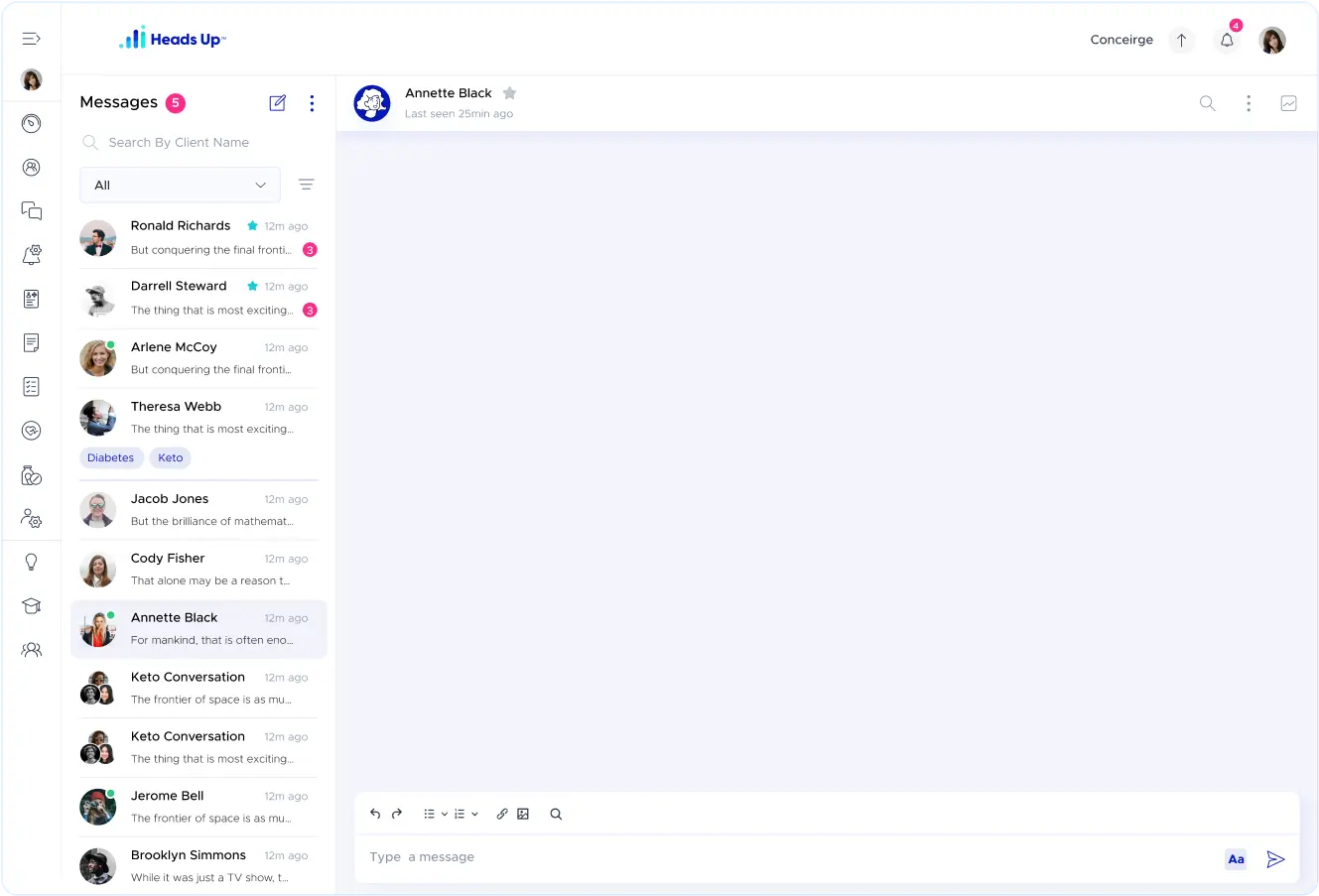


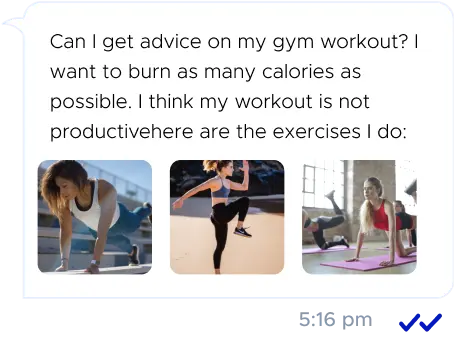
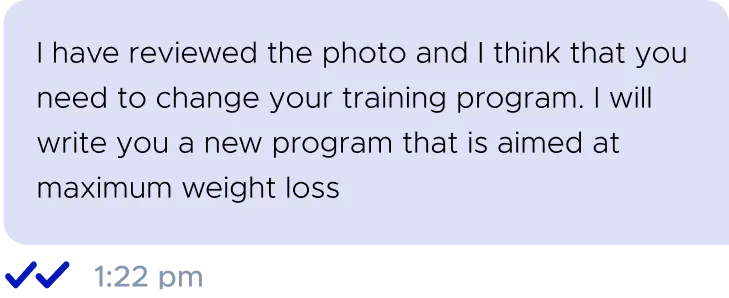
As we worked on the project, we enhanced Heads Up’s functionality, adding important features for both patients and healthcare professionals.
New functionality and optimized performance improved the user experience and customer satisfaction with Heads Up. Now, healthcare providers can easily manage patients, track health trends, and offer personalized recommendations.
The Heads Up app keeps gaining traction, with over 50,000 customers worldwide and plenty of positive feedback. Heads Up also secured Series A funding in 2024, fueling further growth.
Right now, we’re continuing to enhance the platform by expanding integrations, updating existing functionality, and adding new features. A new Android app built with Kotlin is also in progress.
Alongside platform improvements, our partnership with Heads Up is expanding. We’ve already brought in QA engineers, including a QA lead who helped establish testing processes for both the web and mobile apps and continues to maintain them. Soon, another backend specialist will join the team to enable more integrations and support development.